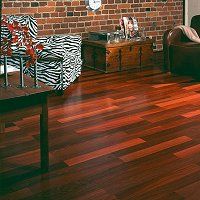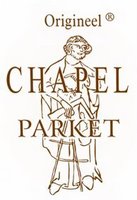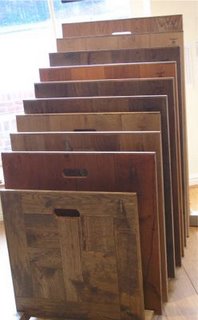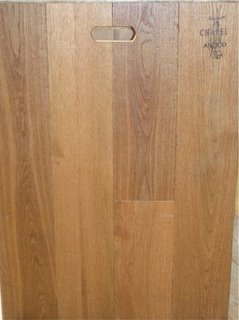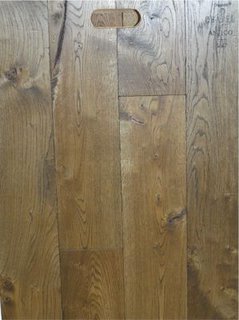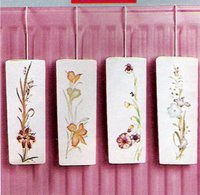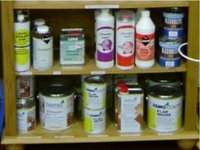In our last two newsletters we already mentioned that house dust is the major cause of allergy in people with year long runny or blocked nose and/or sneezing. In addition to these allergic reactions, dust can trigger and irritate asthma and eczema.
Allergies are the result of an overactive and over-performing immune system. There are many different types of allergies. Some allergies are genetic. If one of more parent suffers with eczema, asthma or allergies, it is more likely that any children will suffer one or more of these too.Some allergies are contact related and in order to have an allergic reaction you need to have had contact with the allergen. Eczema, asthma and hay fever (allergic rhinitis) are all considered forms of allergy.
Almost all asthma in young people is allergic asthma. This means having inherited genes which makes it possible to get asthma; plus allergy-producing things in the environment, such as house dust mites, cats, or dogs; as 'trigger' factors.
A speck of dust may contain fabric fibres, human skin, bacteria, animal danders, pollen, grains, moulds spores, food particles, mites and mites-droppings. Mites cannot be seen without a microscope. They thrive in warm and humid conditions. Because they feed on skin scales, they love bedding, carpets, upholstered furniture, clothing, closets and car seats. They usually survive ordinary vacuuming because they burrow deep and are equipped with sucking pads on their feet. Please see here for more research information about house mites and allergies, the known information could fill many newsletters.
Rigorous vacuuming every day can help to reduce the amount of mites; I don't know about you, but personally I find every vacuum cleaner 'smells' of dust, no matter how many times you empty the dust bag (one of the most tedious and dusty tasks around!) or change the filter. I use a soft-broom for day-to-day cleaning of our floor-covering, but that's a hard task on carpets I'm afraid.
Carpets - they provide a breeding ground for mites. Choose short pile carpets or rugs and or decide to have Natural Wooden Flooring.
The positive effect on your health by replacing carpets with wooden flooring doesn't take long to occur as one of our customers wrote us:
"You may also wish to know that my sinuses and allergies have been greatly reduced since the removal of carpet and the fitting of a beautiful wood floor"
2) Healthy Homes and Eczema
Eczema sufferers tend to be allergic to a wide range of substances in every day life that the non-eczema sufferer is not. For example, food, house dust mites, pollen, animals, moulds, drugs (eg antibiotics), lanolin, metals, solvents, household chemicals to name but a few.
People with sensitive skin or eczema and psoriasis suffer particularly from bathing and washing in hard water, but they also get the accumulative effect of wearing clothing with residual scale. Scum and harsh detergents in them, constantly in contact with their delicate skin their condition is continually aggravated, day in and day out, when they sleep they are still in contact with night wear and bed linen, it's a continual process.
Rain water is naturally soft, and most people understand how good it is for washing with, and many people still gather rain or fresh spring water to wash their hair with, but that is just too impractical for most people. Water remains soft in many parts of the country, but for those of us in hard water areas (60%) the rain water dissolves calcium from the chalk downs and limestone layers beneath the ground and transforms it into the damaging and aggravating solution that we know and recognise as hard water in our homes.
Water remains soft in many parts of the country, but for those of us in hard water areas (60%) the rain water dissolves calcium from the chalk downs and limestone layers beneath the ground and transforms it into the damaging and aggravating solution that we know and recognise as hard water in our homes.
By turning hard water back into soft water again, you can have all of the benefits of beautifully softened water in your own home, on tap 24/7 and no need to wait for rain!
Better Water Solutions (based in Charing, Kent U.K.) is offering you a FREE (no obligation) hard water test to help you find out if you could benefit from having a water softener installed in your home. All you have to do is to contact them by email, supply your name and address and Better Water Solutions will send you a test bottle for you to fill with water from your kitchen cold water tap. Once it has been returned to them in the envelope provided, they will test it and send you an email with the results and advice on the best suitable water softener for you.
A water softener doesn't only have a positive effect on eczema, but will also reduce the amount of detergents, shampoos and soaps needed; make your appliances work more efficient (up to 70% more!) and longer by eliminating scale deposits. Plus, everything will taste better: coffee, tea, boiled vegetables - potatoes etc and of course a normal glass of fresh water because water softeners and filters will remove the Chlorine and other chemicals from you water supply.
And, as one of our own customers discovered: softened water spilled on wooden floors doesn't create hard to remove white-spots.
3) The Allergy Show 16 - 18 June 2006 Olympia London
The Allergy show is for people with food allergies and intolerance, sensitive skin, eczema, asthma, hay fever, and chemical sensitiveness, parents of children with these conditions and healthcare professionals with an interest in these conditions.
See here for more information.
4) Simple tips for Healthy Homes
These following tips are not only beneficial for people suffering from Asthma, eczema or allergies, they will have a healthy effect on all of us.
One of the most simple ones is: VENTILATE
It still amazes us that some people don't ventilate their rooms/homes just once a day for say only 5 - 10 minutes (even in Winter!). Opening a window for a small period of time will get rid of excessive moist, dust, tobacco and other 'bad' smells, and bring in some nice fresh air. Of course you can buy 'fresh-air' from a bottle/spray, but do we really want that? Fresh air from ventilation is FREE and will do your home and yourself a world of good.
Another tip, is to make sure the humidity in your home stays at a comfortable level. Not just good for your wooden flooring (to prevent extra expansion or shrinkage) but also very good for yourself. Dry air will dry out your skin and especially for eczema sufferers not a good thing to have. See our tips and advice page for more info on healthy house climate

